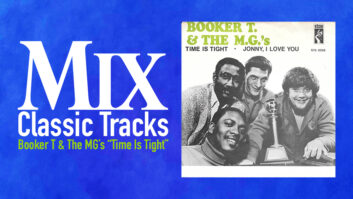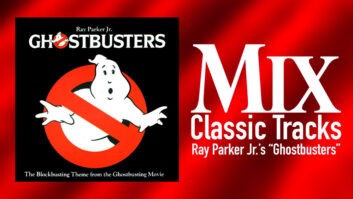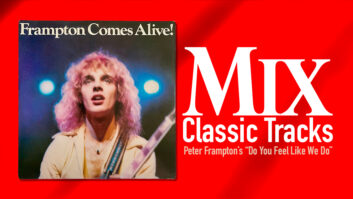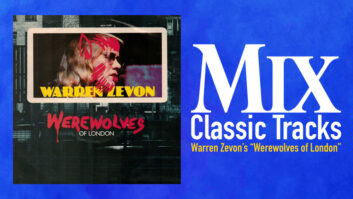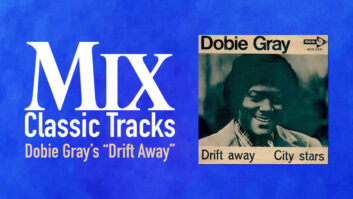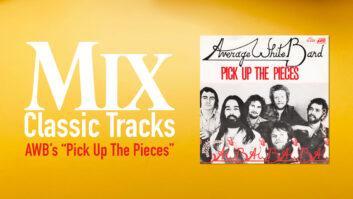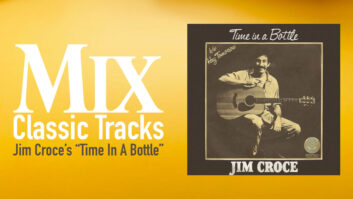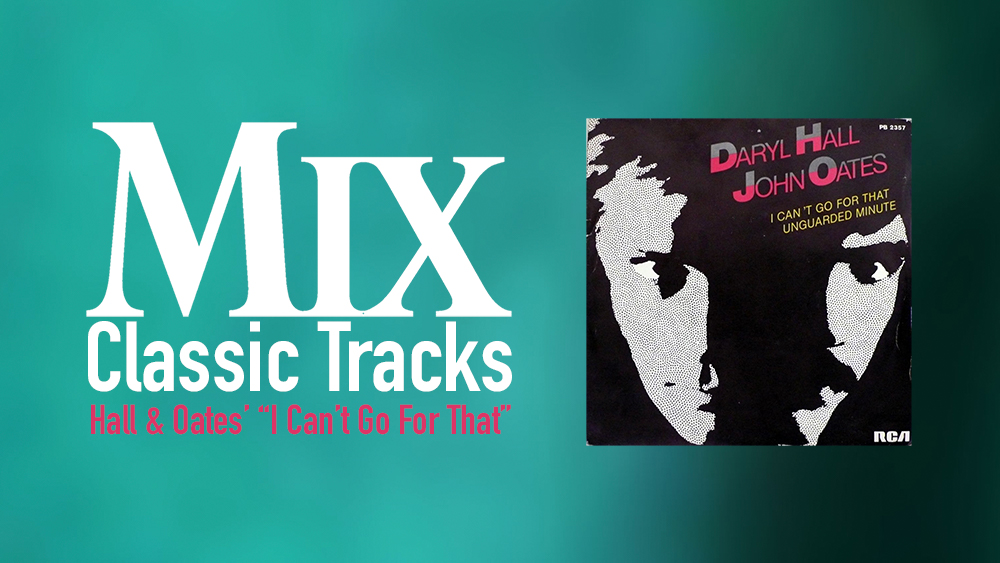
“We’re all products of our genes, our history, the region we grew up in and our influences,” Daryl Hall says. “These things, in my opinion, determine how an individual responds to the great muse in the sky. Everyone’s an original; you can’t generalize about groups.” But, wait: Isn’t there a difference in the way Ben E. King and the Kingston Trio sing a phrase that can be traced to the divide—geographic and cultural—that separates Western European and African cultures? Beethoven spent years searching for the one perfect version of a composition, and so—for better or worse—have other “classical” composers. In Africa, wasn’t a greater value placed on spontaneous performance, and didn’t this factor eventually help characterize the tradition of American soul singing that Hall & Oates practice so capably?
“Beethoven was a courtier who had to impress the record company executives of his day, just like we do,” Hall insists. “The local yokels, the lords, were in charge. The people who sat in the villages making up songs weren’t interested in what Beethoven was doing anyway. As for me, I go for spontaneity, and I don’t have to doctor my performances. Almost all of the lead vocals on the album John [Oates] and I released [in 2004], Our Kind of Soul, were first takes.”
When they met as college kids at Temple University in 1967, Hall and Oates were in the process of soaking up the influences of the time and their hometown, Philadelphia. The pair’s flexibility and willingness to experiment allowed them to break up, reassemble and retool their sound over the next decade or so. “She’s Gone,” released in 1973, drew Hall & Oates into the national arena. After scoring single success with “Sara Smile” and “Rich Girl,” the pair drifted from view for a while, but they would re-emerge with a vengeance in the 1980s with a slew of hits that vaulted them to the top of the charts and gained them the title of most successful duo in the history of the recording industry.
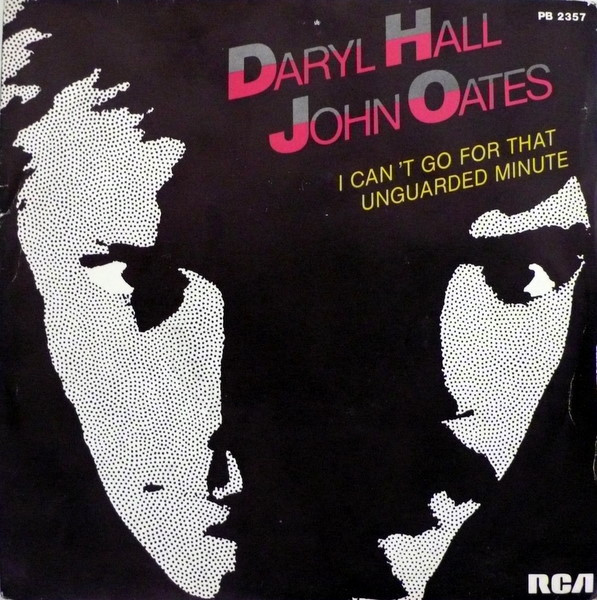 One night in 1981, after a long day spent working on the Private Eyes album, the crowd cleared out of Electric Lady Studios (New York City). Hall, Oates, engineer Neil Kernon and a bunch of instruments and amplifiers that had been left turned on were all that remained. For almost a year, a phrase—“I can’t go for that, no can do”—had been knocking around Hall’s head. Now it was moving into his body.
One night in 1981, after a long day spent working on the Private Eyes album, the crowd cleared out of Electric Lady Studios (New York City). Hall, Oates, engineer Neil Kernon and a bunch of instruments and amplifiers that had been left turned on were all that remained. For almost a year, a phrase—“I can’t go for that, no can do”—had been knocking around Hall’s head. Now it was moving into his body.
“Remember the old Roland CompuRhythm box?” he asks. “I turned to the Rock and Roll 1 preset, sat down at a Korg organ that happened to be lying there and started to play this bass line that was coming to me. It’s the old recording studio story: The engineer heard what I was doing and turned on the tape machine. Good thing, because I’m the kind of person who will come up with an idea and forget it. The chords came together in about 10 minutes, and then I heard a guitar riff, which I asked John, who was sitting in the booth, to play.”
“I remember that moment clearly,” says Oates. When we spoke, the relaxed and affable Oates had just dropped his 9-year-old son off at his math tutor and had plenty of time to talk on the cell phone before the lesson ended. Oates and his wife live in the mountains outside of Aspen, Colo., and homeschool their child. “The old Compurhythm had four presets: Rock 1, Rock 2, cha cha/samba and some other stupid beat. We both had them in our houses, and one was sitting in the studio.
“We cut everything live back then, but sometimes used the Roland box to come up with a tempo,” Oates continues. “Anyway, Daryl came up with this great bass line, using whatever sound happened to be on the organ, and Neil miked it and the drum machine.
“Daryl came up with the ‘B’ section chords, and then I plugged my 1958 Strat directly into the board, which was either an early SSL or a Trident. We were beginning to experiment with digital samplers—the Fairlight and Synclavier in particular—but were still recording analog. At any rate, Daryl sang a guitar part idea, I started to experiment with a muting thing and the part evolved on the spot.”
Did they think about adding another guitar part? “No, never!” Oates says. “When we play ‘I Can’t Go for That’ in concert, I usually play some shimmery parts, but there was a leanness to the ’80s sound that we were into. The Cars and other groups had that straight, simple eighth-note feel, and it was an influence on us; it was one of the cool things about ’80s music. The ’70s were Rococo, but punk and new wave flavored the ’80s, and we responded to those styles.”
Classic Tracks: Cyndi Lauper’s “Girls Just Want To Have Fun”
After Hall laid down a bell track, the assembled gathering called it a night. The following day, Hall sat down with his longtime collaborator, Sara Allen, and fleshed out the lyrics. “I wrote most of the lyrics,” says Hall, “but Sara contributed some ideas. I sang the lead vocal, and there’s the song—can’t get any simpler than that!”
A saxilo (similar to a clarinet, but with an upturned bell) solo by Charlie DeChant, percussion overdubs to put a feel on top of the CompuRhythm track and the trademark Hall & Oates lush, triple-tracked backgrounds—all fitting neatly on one roll of 2-inch tape—were all that was required to turn “I Can’t Go for That” into a monster hit: It made it all the way to Number One on the Billboard Pop Singles chart at the end of January 1982, on the heels of another Number One from the previous fall, “Private Eyes.” It also hit Number One on the R&B chart, a singular feat in their distinguished history. These were heady times for the duo: Between 1981 and 1985, they landed 12 songs in the Top 10 of Billboard‘s Hot 100 pop singles chart. Also, the Private Eyes album made it to Number 5, tied for their highest position on the LP chart.
As it turns out, this infectious frisson had a great influence on the pop music that would follow. Listening to “I Can’t Go for That” after letting it drift out of the mind for a while, one can clearly identify this track—one of the first pop hits to feature a drum machine—as a precursor to Michael Jackson’s “Billie Jean” and the generation of songs built on drum machine tracks that came in its wake.
“No question about it,” Hall agrees. “Michael Jackson once said directly to me that he hoped I didn’t mind that he copped that groove. That’s okay; it’s something we all do. [Eddie] Van Halen told me that he copied the synth part from ‘Kiss on My List’ and used it in ‘Jump.’ I don’t have a problem with that at all.
“I learned so much from people my first decade or so in the business. I was a sponge—picking up things from all over the place—who eventually turned into a rock, searching for the hardcore that is my essence. In fact, I don’t even listen to music these days—there’s too much of it all around us! Of course, some sound seeps in around the corners, but I don’t seek it out. Those early influences, though, were very important to me. Leon Huff taught me a lot about piano playing, Kenny Gamble showed me some compositional things and Tommy Bell’s lyrical sensibility caught my ear. John and I were lucky enough to be taken under the wing of Arif Mardin. He taught me a lot. Most of all, his background as a person of Turkish descent who came to New York and was able to work with so many different kinds of people, and mix different cultural elements together—that’s what John and I wanted to do, and we soaked up that pluralism.
“All of my songs are autobiographical,” Hall continues. “‘She’s Gone’ is quintessential Hall & Oates. ‘Sara Smile’ means as much to me now as it did when I wrote it. ‘One on One’—that song expresses a theme I’ve explored in lots of my songs, the idea that I’ve been traveling all my life but my heart longs to stay in one place; being in one place, but wanting to be somewhere else.”
This Classic Tracks was first posted on April 1, 2006.
